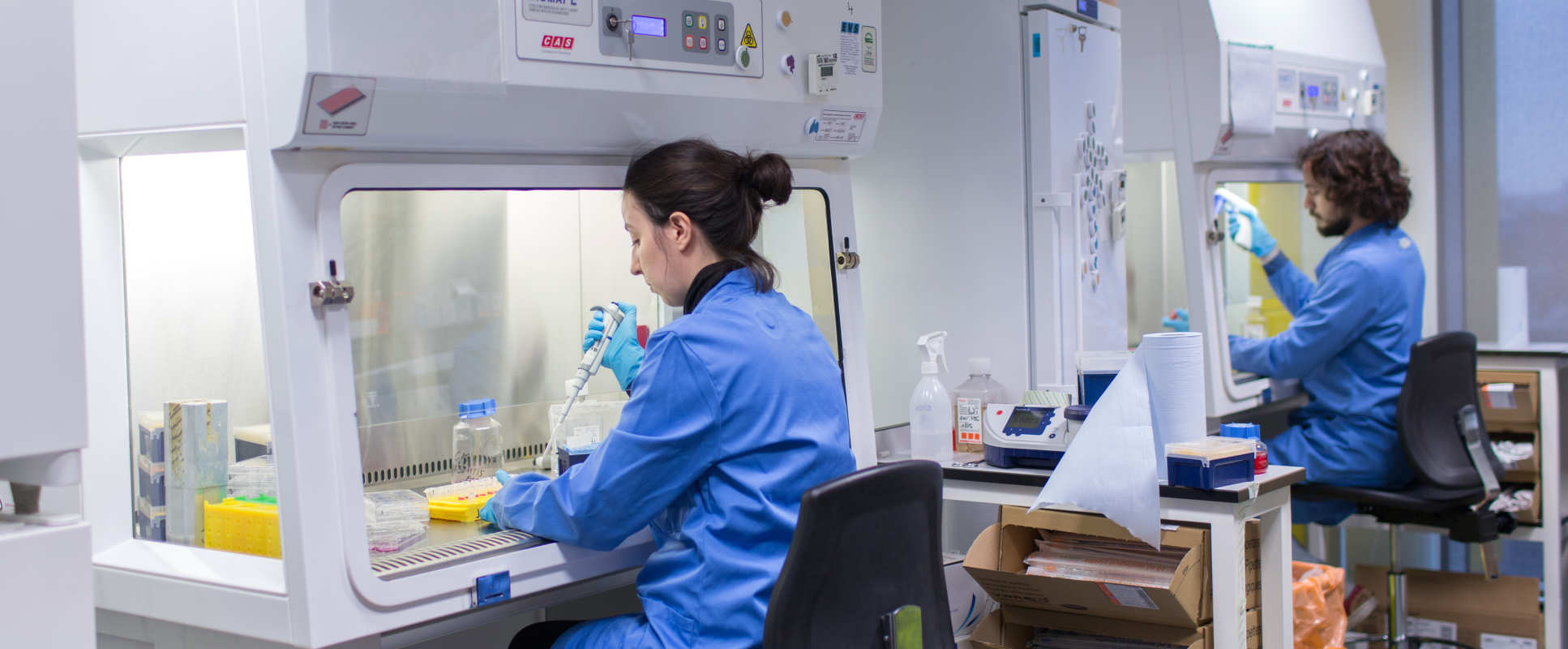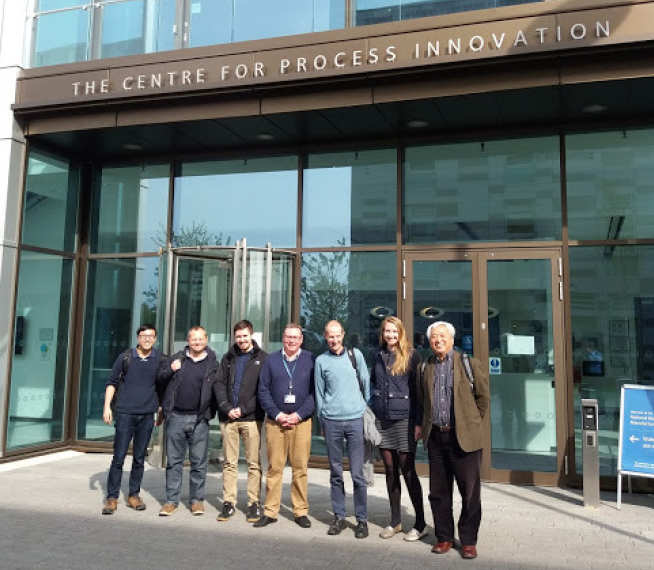Demonstration and design

Key contributors
- Imperial College London
- GSK Vaccines Institute for Global Health (GVGH, Italy)
- NIBSC
- Cranfield
- CPI
- LMIC partners
Submit a contact request
Challenge and opportunities
This workstream will take emerging findings and use model-based rapid manufacturing and design analyses to develop industrialisation and scale-up strategies leading to practical/novel process designs for demonstration projects at Hub and LMIC partners. We shall explore the match between our platforms (eg. RNA, GMMA, yeast, and Baculovirus) and some target application areas (eg. Rabies, Chikungunya, EV71/CA16, Ebola, Marburg and Cholera).
The core aim is to come up with design blueprints for the novel platforms with the ultimate aim of establishing distributed manufacturing platform technologies that can be widely adopted by LMIC centres with a low infrastructure burden. We will develop the case-specific models, data and supply chain and economic tools to assist commercialization and/or public-private partnerships to ensure sustainable growth in ODA countries.
We will provide manufacturing and product development support and advice to external UK and LMIC organisations. The National Biologics Manufacturing Centre, part of the Centre for Process Innovation (CPI) is ideally placed to provide additional support to those at an early stage of development.

Methodology
The methodology will be based around concurrent design engineering involving Hub and associated partners on specific demonstration projects. Taking the emerging concepts from Workstreams 1, 4, 5, 6, 7 and 8, a prioritisation process using rapid screening tools will be used to identify those projects that will go through to design of demonstration (stage gate 1) and then another used to select those more detailed designs using model- and data-based design methods to be taken to physical demonstration (stage gate 2).

Key outcomes from this workstream
- A screening methodology which can identify which platform is best suited to a particular vaccine
- Conceptual and detailed demonstration of industrial process designs/blueprints which build on lab data
- Actual physical demonstrations of new manufacturing concepts with emerging data
- Application of these to demonstrate the benefits of novel platforms and approaches as an evidence base for regulators, healthcare providers and manufacturers


